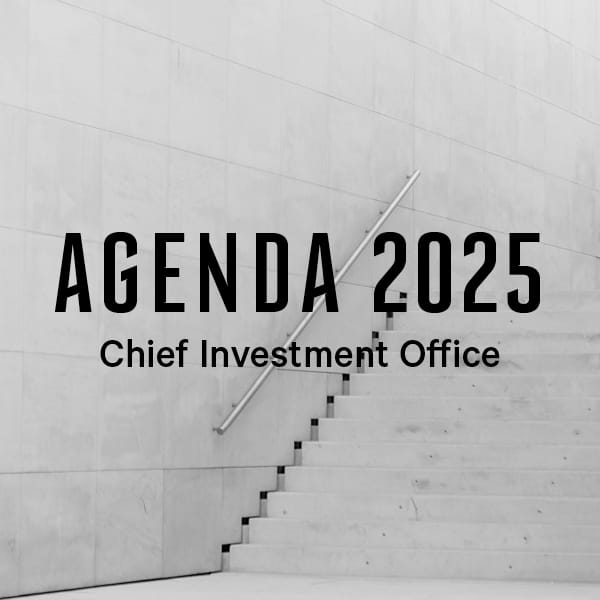-

Global Growth
Global growth is expected to slow in 2023. That overall deceleration masks substantial differences within regions. Developed market economies are likely to struggle, while emerging economies will fare relatively better. India will overtake China to become the world’s most populous country.
-

Inflation
Inflation is likely at, or close to, a peak for most of the major economies, with disinflation (slowing inflation) driving the narrative this year. Consumer goods prices have already started to fall on the back of supply chain normalisation and weaker demand; easing labour demand should temper elevated services inflation.
-

Interest Rates
For major developed market central banks, monetary policy is in restrictive territory and will likely stay that way throughout 2023. We expect to see a plateauing of interest rates from most major central banks by the second quarter with pressure building to ease monetary policy by the end of the year.
-

Fiscal Policy
Offsetting the drag from monetary policy will be stimulatory fiscal policy driven by the pivot to renewables, increased defence spending and energy assistance packages. This includes the Infrastructure Investment and Jobs Act and the Inflation Reduction Act in the US, and the Next Generation recovery plan in Europe.
-

Bond Yields
Slower economic growth and easing inflation pressure should coincide with lower bond yields making duration once again attractive. Higher short-term rates and generally good corporate fundamentals make high quality floating rate credit attractive.
-

Equities
High input costs and a growing reluctance from consumers to absorb higher prices will pressure margins and may mean equity investors are less insulated from the sting of inflation. Slowing demand will impact earnings in 2023, particularly for the more cyclical sectors of the market.
-

Currencies
We expect the US dollar to weaken in 2023 but mainly against the euro and Japanese yen. The Australian dollar will need to contend with slower growth in China and lower iron ore prices. Our preference for Australian-domiciled investors is to be 100% unhedged on their international equity position.
-

Alternatives
In general, alternatives offer the most attractive risk-adjusted returns for investors and will continue to do so in 2023. In particular we like private debt for yield and unlisted infrastructure for growth and a hedge against inflation. Direct property will be challenged by higher interest rates and slowing demand for space.










